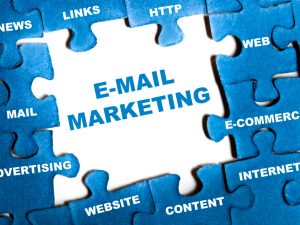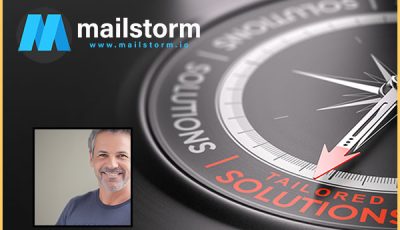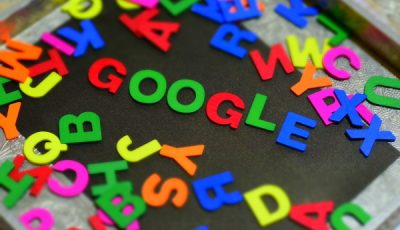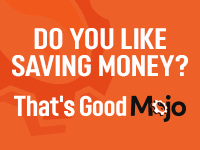The Gmail Promotions Tab And How To Avoid It
 Gmail is the biggest free email provider in the world, and nothing strikes fear in the heart of email marketers more than the Gmail “promotions tab”. It’s very frustrating when you put so much effort into your email marketing, only to discover your emails are landing in a spot which sounds like it’s reserved for advertising and spam.
Gmail is the biggest free email provider in the world, and nothing strikes fear in the heart of email marketers more than the Gmail “promotions tab”. It’s very frustrating when you put so much effort into your email marketing, only to discover your emails are landing in a spot which sounds like it’s reserved for advertising and spam.
A world without tabs in the world’s largest free email provider would surely make our world much easier. It could even mean a 20% higher open rate. But why did Gmail introduce the “tabs” to us in the first place?
Google tells us these categories make it easy to focus on messages that are more important to us, and read emails that are of the same type all at one time. At the same time, it makes it much more difficult for businesses (meaning us, email marketers) to reach people’s inboxes. This, in turn, forces marketers to buy ad spots from Google.
Google is the king of algorithms and it’s difficult to outsmart them. Their algorithm compares many factors, including the textual content itself, HTML code, your IP address and so on. Some of these things you can change, others you cannot.
Here are some things you can do to change to increase your chances of not landing in the promotions tab.
Using Names
We greet our friends by their name, and using names in your emails would be much friendlier and more familiar. Using the recipient’s name also makes it look a lot less like a promotional email. Make sure you collect their names when they sign up!
Unsubscribe Link
We’re required to include an unsubscribe link in all promotional emails, but it’s best if you put it at the bottom of the email and make it look like it’s part of your signature. Your friends do not include unsubscribe links, but might have links in their sig file.
External Links
Promotional emails tend to have a lot of external links in them. An email sent from one of your friends wouldn’t have many links in them, or any links at all. Reducing the number of links in your email helps here, but keep in mind you still must always include an unsubscribe link.
Templates
When your friends email you, they just send you an email; they don’t use templates. When you use a template, it screams “business” and in the eyes of Gmail it looks like spam – and thus ends up in the promotional tab. If you are having problems getting sent to the promotional tab, try not using a template.
Use Fewer Images
Email marketers tend to use a lot of sexy images to promote their products and we are all guilty of this. The more images you include in your marketing emails, however, the more it looks like a marketing email. Try to avoid using so many images.
Complicated HTML
Your friends do not use HTML when sending you an email, so perhaps you shouldn’t use it in promotional emails either. Gmail sees you using complicated HTML and style tags and knows you are promoting something – and thus puts you in the dreaded promotions tab. You shouldn’t play with fonts too much either, as this is also likely a red flag from the algorithm’s perspective.
Promotional Language
When we put on our marketing hats and try to promote something, we talk in a certain way. Any text using words like free, sale, money, or buy are always a big no-no. As counterintuitive as it might seem in the context of a promotional email, avoid such words at all costs.
Be Friendly
If you really want to avoid the promotions tab – and we all do – you need to make your email look like it’s coming from a friend. Your friend would never send three or four links in a single email, and would never send you an email with a template with lots of pictures in it. They also wouldn’t use terms like “buy this now” and “promo code”. Try to make your emails more friend-like and less business-like. Make believe you’re talking to a friend, and try to avoid writing like you’re communicating with a customer.













